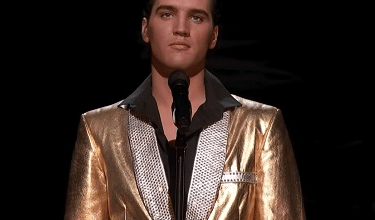Unprecedented video footage spots ‘bubble-net feeding’ whales near Australia

Sydney, Australia, Jun 9 (EFE).- A first-ever video showing around 30 humpback whales creating bubbles to feed in Australian waters has become an important graphic document which is being studied by scientists to develop a better understanding of the species.
A recent study headed by Vanessa Pirotta, of the Macquarie University in Australia, said that the footage – captured by a drone in September 2020 – is the first visual proof of this kind of behavior by the animals in Australia and one of the few ever recorded in the southern hemisphere.
“This short article reports on the first photographically documented evidence of bubble-net feeding by humpback whales in Australian coastal waters,” says the study’s summary, published in the “Aquatic Conservation” magazine on May 31.
The video was captured by Australian Brett Dixon off the coast of New South Wales in southeastern Australia, where whale sightings have become common as their population has increased thanks to a hunting ban.
The mammals, which spend the southern winters in Australian waters and breed there, were migrating towards the Antarctic Ocean, where they spend the summers feeding on krill and small fish.
The pod of humpback whales (Megaptera novaeangliae) had been feeding through bubbles formed by their spiracles, the respiratory orifice located on the upper part of their bodies.
The bubbles form a kind of net thanks to cooperation among multiple wales, which wraps around the prey and allows the mammals to easily swallow them.
Bubble-net feeding behavior is commonly observed in the northern hemisphere but is very rare in the south and had never been sighted before in Australian waters.
In an article in a local news portal, Pirotta said it was mystery why whales feed like this and it is unclear whether they know the behavior by nature or the knowledge is transferred from one animal to others.
“It was originally thought this population never fed along the migratory route. However, we know they do now to possibly supplement their energy intake as they migrate,” she said.
The scientist added that it was important to learn the whales’ habits to understand how global warming was affecting them and the rest of the ecosystem. EFE
wat-grc/ia





